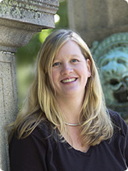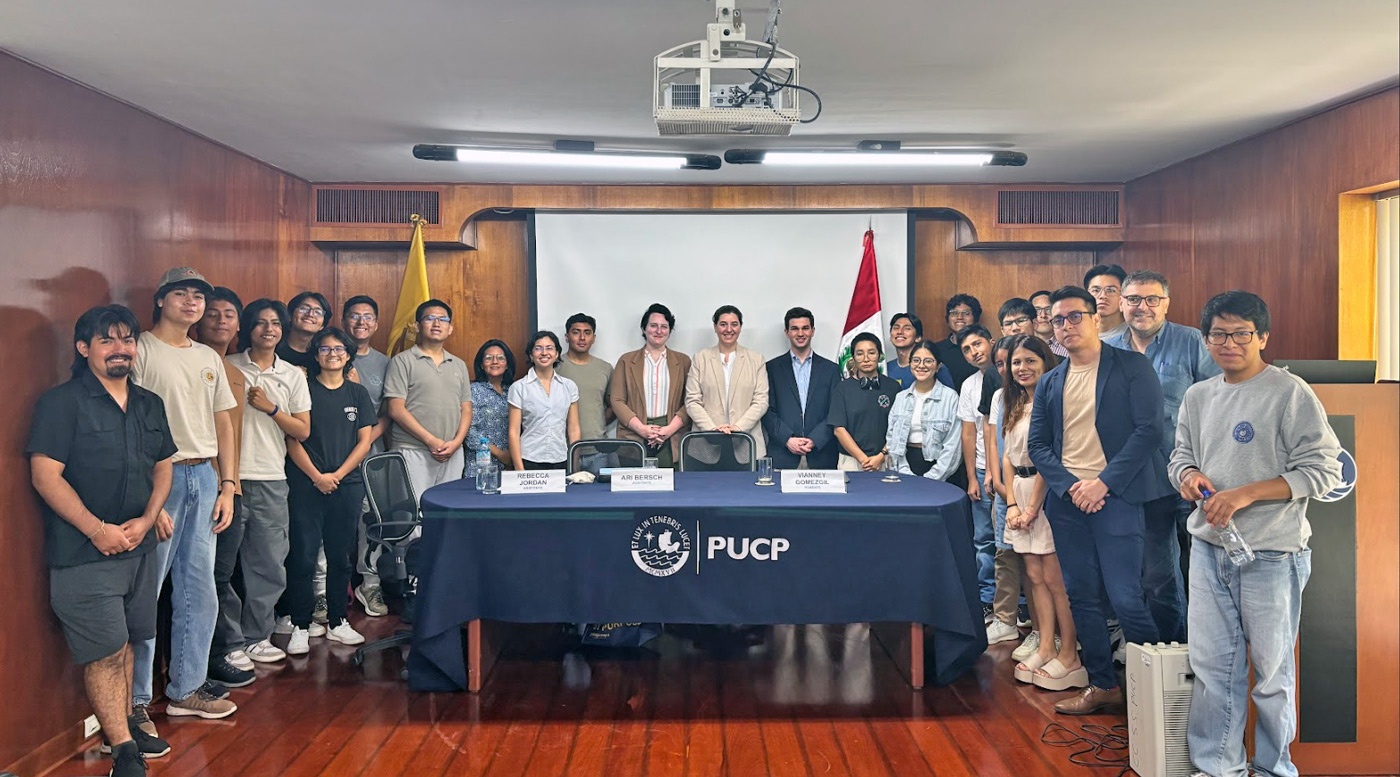Bowdoin Art Historian and Co-Authors Win Award for Online Scholarship
By Rebecca GoldfineA team of academics and technology experts — including Bowdoin’s Pamela Fletcher, professor of art history, and David Israel, senior producer for academic new media — has won the Association of Research Institutes in Art History’s 2015 ARIAH Prize for Online Publishing.
Their prizewinning article, “Local/Global: Mapping Nineteenth-Century London’s Art Market,” was published by Nineteenth-Century Art Worldwide, a scholarly, peer-reviewed e-journal.
Fletcher, who is an expert in 19th-century British art, wrote the article with Anne Helmreich, senior program officer at the Getty Foundation. They collaborated with Israel and Seth Erickson, a University of California, Los Angeles, Ph.D. student at the time, to build the digital components of the project. Karen Fossum ’07 also assisted with the project while she was a student at Bowdoin. “The nature of digital projects makes them very collaborative,” Fletcher said.

Despite being a “conventional” academic — she reads and writes books and journal articles — Fletcher said she turned to a digital solution a decade ago when confronted with the huge amount of information she had amassed for a research project on London’s art market in the 19th century.
Increasingly, academics in the humanities are using digital solutions to glean new insights and to dig deeper into their subjects. Bowdoin has started a Digital Humanities and Computational Studies Initiative (which Fletcher helped found) to encourage faculty to incorporate technology, such as GIS mapping or online tools, into their research and teaching.
To help Fletcher visualize and organize the data she collected from 19th-century and early 20th-century primary sources — such as exhibition catalogues, auction records, dealers’ stock books, collectors’ inventories, letters and press accounts — she and Israel (who is also Fletcher’s husband) created an interactive, animated online map. To make it available to the public, they posted it to the website, London Gallery Project, which Fletcher calls a “research repository and visualization of the history of the commercial art gallery in London, c. 1850-1914.”
Visitors to the site can use the interactive map to view the growth of galleries, exhibition societies, artist residences and retail art spaces between 1850 and 1914. The changes in the art world came about as “old systems of aristocratic patronage and Academic prestige faded in the face of a growing middle-class demand for art,” according to the website. In time, “the commercial gallery became the central venue for the exhibition and sale of modern art,” which influenced the art being bought and made.
The Association of Research Institutes in Art History, whose members include many art museums across the country, explained in a press release that it selected “Local/Global: Mapping Nineteenth-Century London’s Art Market,” for its annual $1,000 prize because it offers “an impressive depth of original research on the London art market in the later part of the nineteenth century,” and provides “a groundbreaking model for digital art history.” The article was chosen from 68 entries.
The ARIAH Online Publishing Award was created in 2012 to “encourage and promote high scholarly standards in online publishing in all fields of art history,” according to the release.



